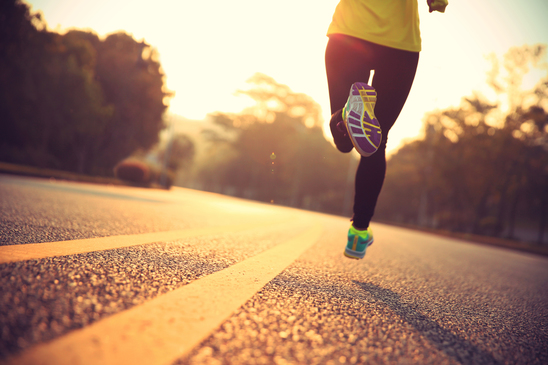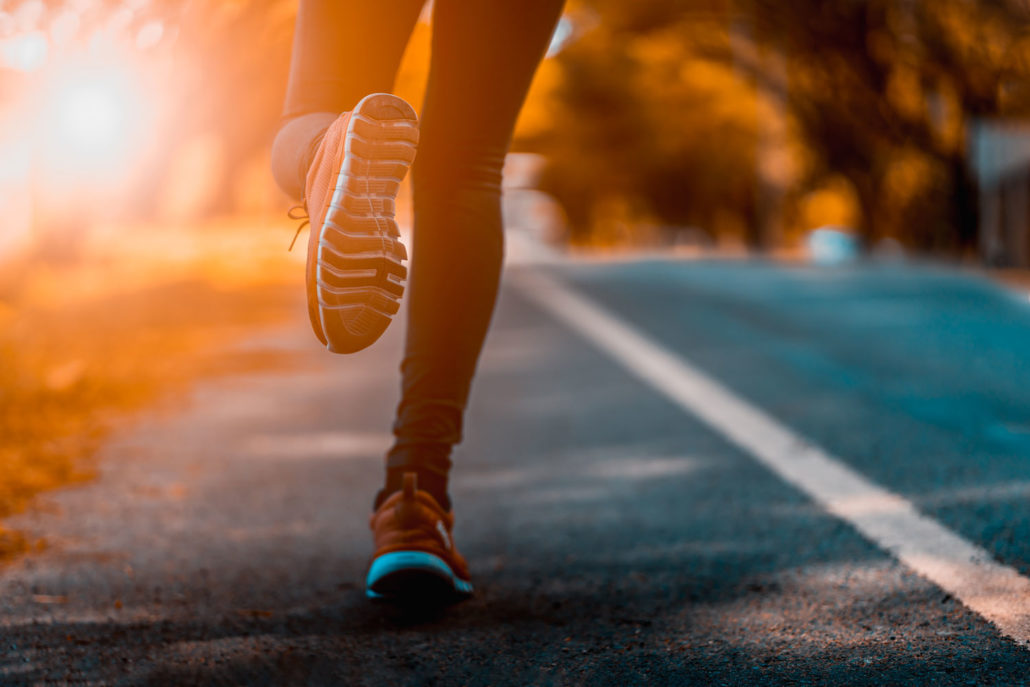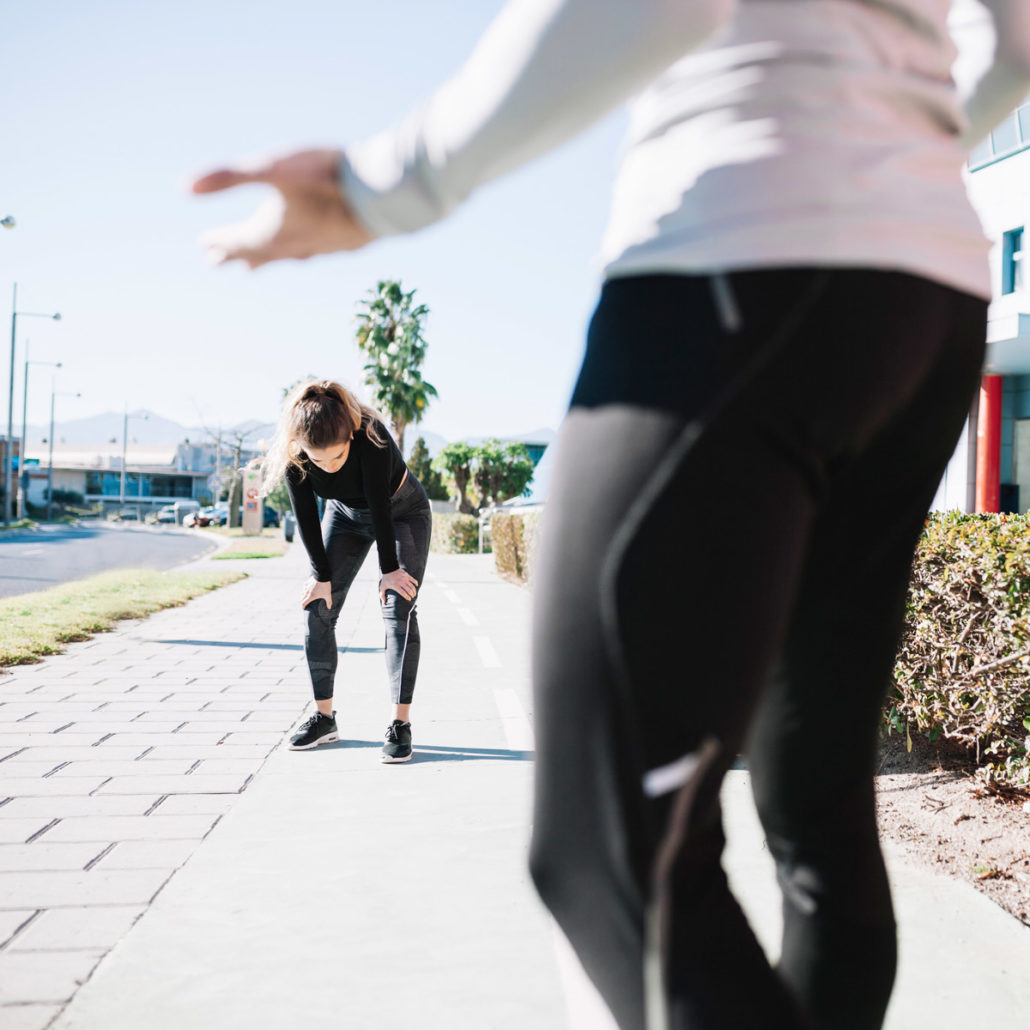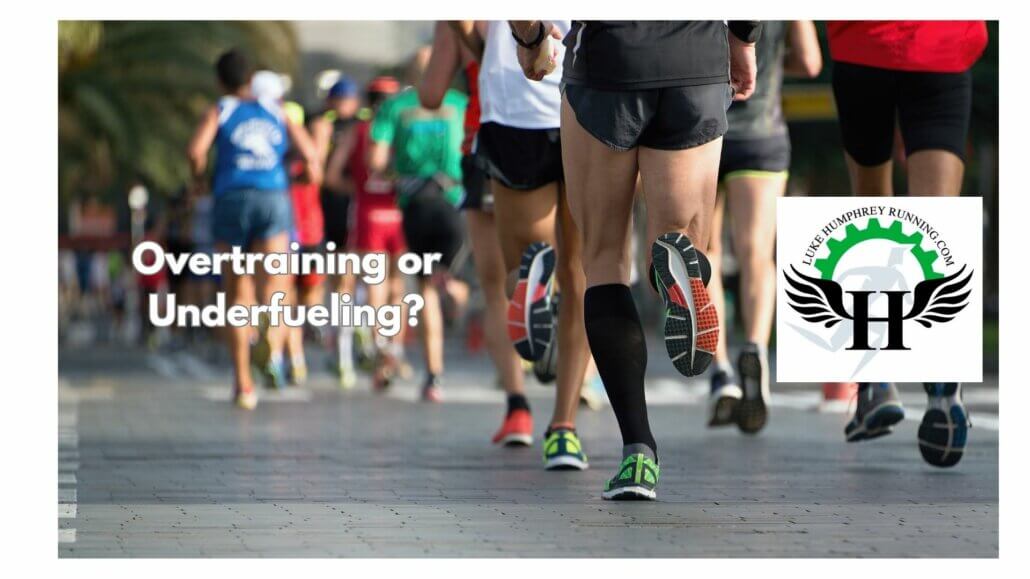Infrared Saunas
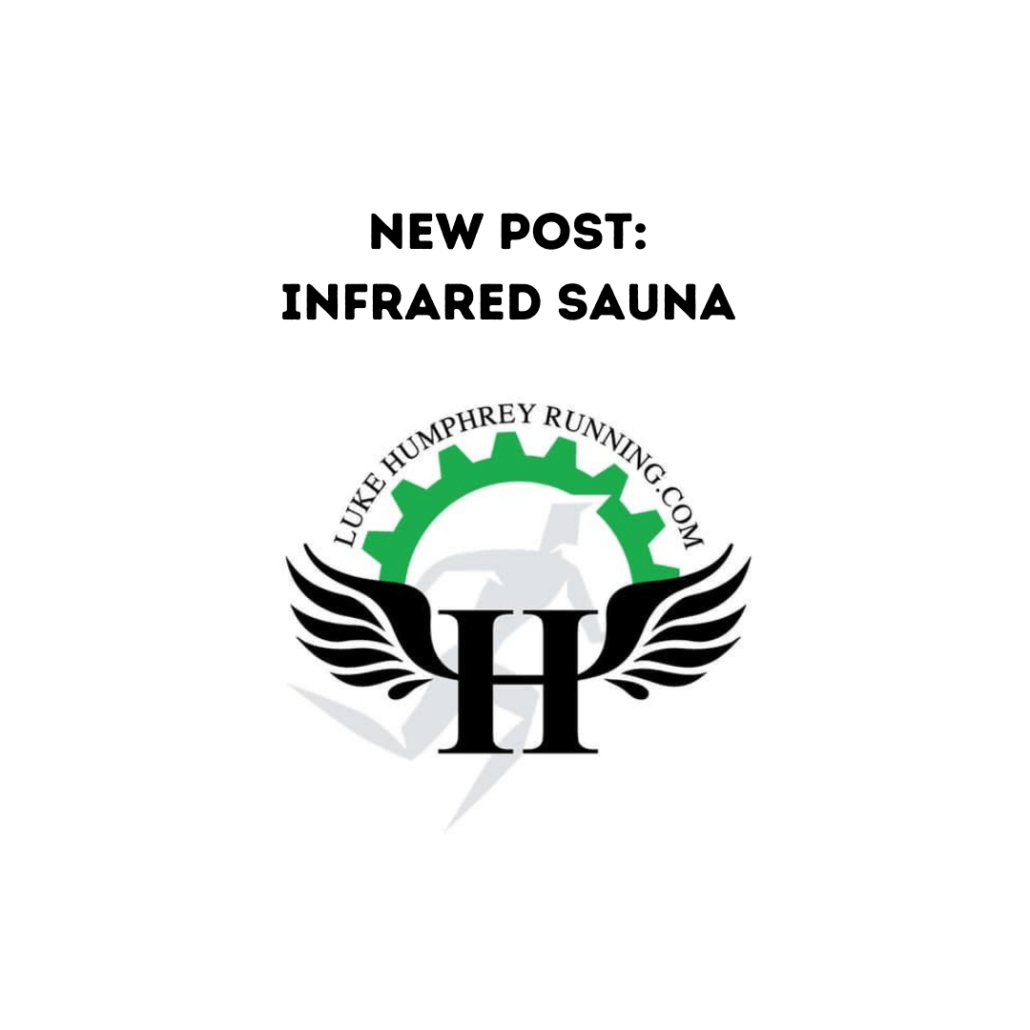
Podcast: Play in new window | Download
A few weeks ago, someone in our Facebook group brought up the idea of using an infrared sauna for recovery. I hadn’t thought much about it, and you really see more about things like cryo for recovery and tissue repair. These two things are definitely different ends of the spectrum. Then, as I saw that, I began to notice that a lot of recovery places and gyms were now offering up the sauna as a perk for being in their memberships. So, as curiosity got the better of me, I started looking into it more.
Today, I just want to look at an infrared sauna as a mode of performance booster and recovery module. As I looked, it was hard to find quality third-party data or research itself. If you go into search engines, I found I just got a lot of claims from sauna makers, personal trainers, etc. So, what do you do then? You start looking at the research that they cite. To be honest, it doesn’t seem like a lot is out there. Everyone seemed to be referencing the same couple articles. So, take this with a grain of salt and do your own due diligence, as well.
The general listed benefits
- Heat adaptation- easy one to buy into. If you subject yourself to a hot environment, you can adapt to those environments.
- Lung function- couldn’t find much on this. Not sure what the mechanism would be? From what I was reading into it was more improved immune function, respiratory illness type stuff.
- Direct performance improvements- Time to exhaustion improved 30% or 2% actual race performance. Personally, I think more due to the heat adaptation and what happens with any heat adaptations and endurance performance. “One of the primary factors in endurance muscle fatigue is this drop in blood volume,” says exercise physiologist, Dr. Stacy Sims of Stanford’s Prevention Research Centre. “Sauna training helps counter this by increasing EPO and, through this, both plasma volume and red blood cell count. It can be super beneficial for any endurance athlete… think of it as another natural, ergonomic aid in your arsenal, one that can provide a 2-to-3 percent boost in performance,” she says.
- Muscle growth- goes with the above. If you can do all those things, at the very least, you maintain muscle mass and set yourself up to add muscle mass through strength training.
- Free radical consumption- sweat toxins out of body?
As I am looking through all of this, I see that there might be potential. HOWEVER, I look at this and I also come to the conclusion that this should only be supplementary. What I mean by that, is that if you only rely on this, you probably won’t see much benefit. You still have to put most of the reliance on the basics like- proper refueling, getting enough daily calories in, making sure you are hydrated. In a sense, this adding another stress element to your training. If you can’t support that stress through what I just mentioned, then I think you potentially negate any potential benefit. Given that, I see two major situations where this would help.
Heat Adaptation- in particular during winter months. The main theory behind infrared vs a traditional sauna is that the light creating heat is directed right into your body instead of just warming the air around you. The argument is that you can elicit the same effects as moderate exercise. As I write this, it is December and many people are trying to figure out how to train for a spring marathon without getting blindsided by a warm spring day. How can that be accomplished on these cold, sunless, winter days? It could also be an avenue for early adaptation to summer training, making that July and August marathon training a little bit more bearable.
The second is dealing with an injury. This could be an opportunity to stimulate exercise adaptations while safeguarding yourself from rushing back too soon. I see a real benefit from doing whatever cross training you can without aggravation, and then enhancing that through a sauna session a few times per week. The other is that the deeper penetrating heat can promote feelings of well being and if it does promote tissue repair and hormone regulation then those are benefits, too. The key would again be to make sure you are replacing what you are sweating out, in terms of fluid and nutrients.
Protocols:
Heat Adaptations (From Purplepatch triathlon coaching)
- Post workouts (key sessions)
- Hydrate/fuel as normal during a key session
- No hydration during last 10-15 minutes of the session
- Refuel post workout
- No post hydration
- 15-30 minutes in sauna
- Shower post sauna
- Rehydrate next 3-5 hours
Recovery (General recommendations)
- 3-4x per week
- 10-15 minutes to start
- Build to 30 minute sessions
- Post exercise ideal
Overall, It may be a good tool to have in the toolbox, but it shouldn’t be the only tool. If you can’t take care of the rehydration and nutrient replacement, quality sleep, general nutrition, this will be an expensive venture with little ROI. However, something to think about if you have access to one!

